Have you ever felt the quiet ache of loving a cat who stays just out of reach? You know they care—you see it in the way they wait by the door or sleep at your feet—but when you reach out, they turn away. It’s like trying to hug a cloud: beautiful, but impossible to grasp. If you have a distant yet loyal feline in your life, you’re not alone. Many cat owners find themselves puzzling over how to bridge the gap between affection and independence. The good news is, with patience and understanding, you can nurture a deeper bond and help your reserved companion feel safe and loved. Let’s unravel the mystery, step by step.
Understanding the Distant but Loyal Cat Personality

Some cats walk a delicate line between independence and devotion. They might not enjoy cuddles or being picked up, but they always seem to be nearby, quietly watching or following you from room to room. This type of personality is more common than you might think. Cats who are distant but loyal often have strong bonds with their humans—they just show it in subtle, understated ways. These cats might have learned early in life to be cautious, or perhaps their breed is naturally more reserved. Recognizing and accepting this unique personality is the first step to helping your cat feel understood and respected.
The Importance of Patience and Time
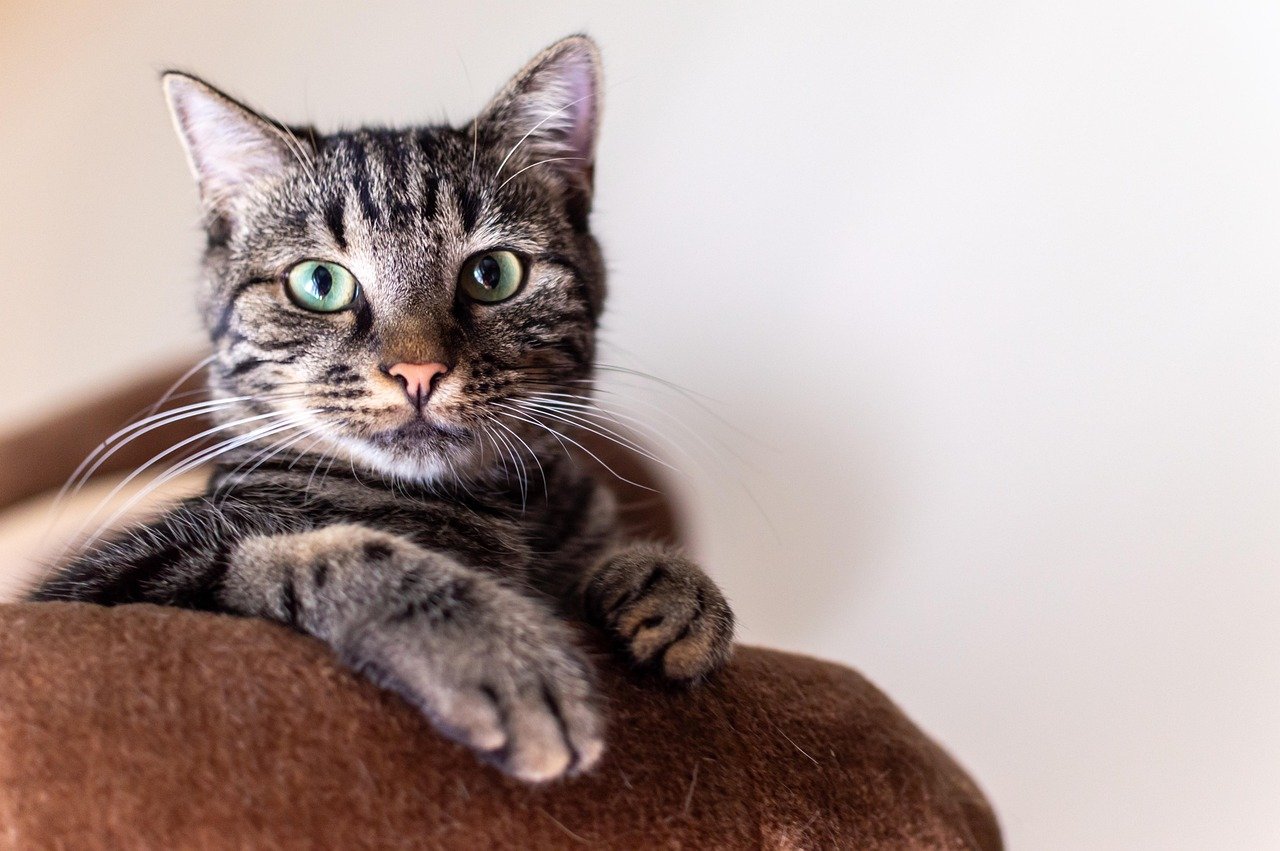
Building trust with a distant cat is a journey, not a sprint. It can be frustrating when your efforts to connect are met with a twitching tail or a chilly stare. But remember, patience is your most powerful tool. Just as a shy friend needs time to open up, so does your cat. Every gentle interaction, every moment you respect their space, adds a brick to the foundation of trust. With time, even the most reserved feline can warm up to deeper displays of affection, but it must happen at their pace, not yours.
Recognizing Your Cat’s Unique Signs of Affection

Not all cats show love with headbutts or belly displays. Some communicate loyalty through small gestures, like sitting on the edge of the couch while you watch TV or blinking slowly when you make eye contact. These subtle signs are easy to overlook but speak volumes about your cat’s feelings. Pay attention to the moments your cat chooses to be near you, the way they greet you after you’ve been away, or the way they keep you in sight. These are their quiet ways of saying, “You matter to me.”
Creating a Safe and Inviting Home Environment

A cat who feels secure is more likely to come out of their shell. Make sure your home offers plenty of cozy hideaways, high perches, and quiet corners. This gives your cat choices, which helps them feel in control and comfortable. Avoid loud noises or sudden changes to their environment, as these can make a distant cat retreat even further. Soft lighting, gentle music, and a predictable routine can also help your feline friend feel at ease and more willing to engage.
Respecting Personal Space and Boundaries

It’s tempting to scoop up your cat for a cuddle when they look especially cute, but this can actually push distant cats further away. Instead, let your cat make the first move. Sit quietly in the same room, offer a gentle hand for them to sniff, and see if they come closer on their own. If they retreat, respect their choice. Over time, they’ll learn that you’re not a threat and will begin to seek you out more often.
Building Trust Through Consistent Routine

Cats are creatures of habit. A consistent daily routine—feeding, playtime, and even cleaning the litter box at the same times—helps your cat know what to expect. This predictability can be especially comforting for distant cats, reducing anxiety and making them more likely to interact. Simple rituals, like a morning greeting or a bedtime snack, can become touchstones of trust between you and your feline companion.
Using Food as a Bridge to Connection
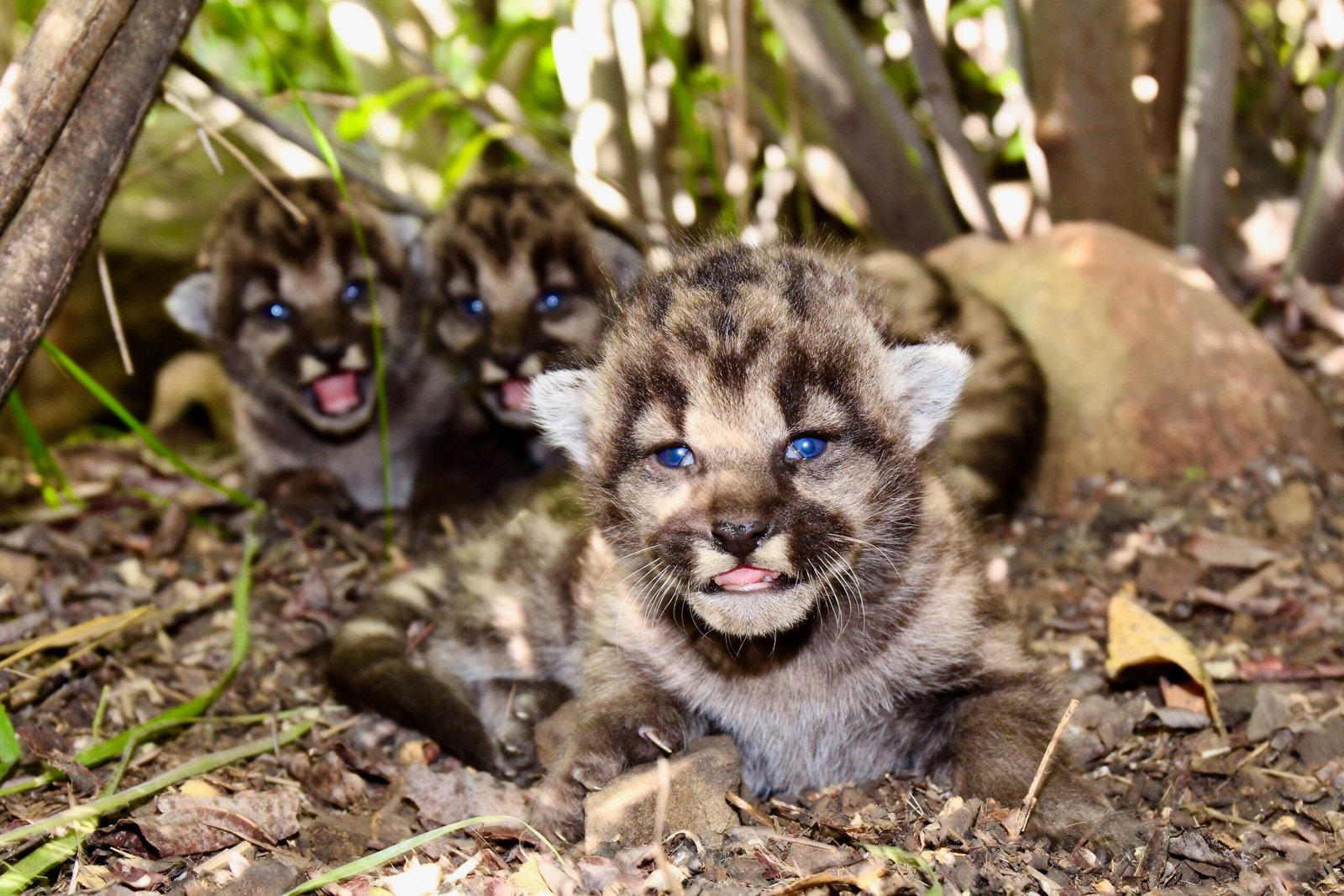
Food can be a powerful way to build positive associations. Try offering your cat their favorite treats by hand or using interactive puzzle feeders. Sit quietly and let them approach at their own pace. Over time, your cat may begin to associate your presence with something pleasurable. Just be careful not to overfeed—use tiny portions to avoid unwanted weight gain. This gentle, non-threatening interaction can help to break down barriers and encourage closeness.
Interactive Play: Finding the Right Toys

Even the shyest cat can be coaxed out of their shell with the right toy. Wand toys, feather teasers, or even a simple rolled-up piece of paper can awaken your cat’s playful side. Use toys to interact at a distance at first, letting your cat chase and pounce without feeling cornered. As your cat becomes more comfortable, you may notice them becoming more engaged and even approaching you for playtime. This shared activity builds confidence and mutual enjoyment.
Learning the Power of Slow Blinking

Have you ever noticed your cat slowly closing and opening their eyes at you? This is the feline equivalent of a kiss. Try mimicking this slow blink back at your cat—it’s a nonverbal way of saying, “I trust you.” Many cats will respond with their own slow blink, deepening the bond without any words or touch. This simple act can help reassure your cat and invite more openness.
Understanding the Impact of Past Trauma

Some cats are distant because of difficult experiences in their past—abandonment, mistreatment, or loud, chaotic environments. If you suspect your cat has a history of trauma, be extra gentle and patient. Avoid loud voices, sudden movements, or forcing interactions. Instead, focus on creating a peaceful, predictable environment and let your cat set the pace. Healing takes time, but with love and consistency, even the most wounded cats can learn to trust again.
Encouraging Socialization—But Gently
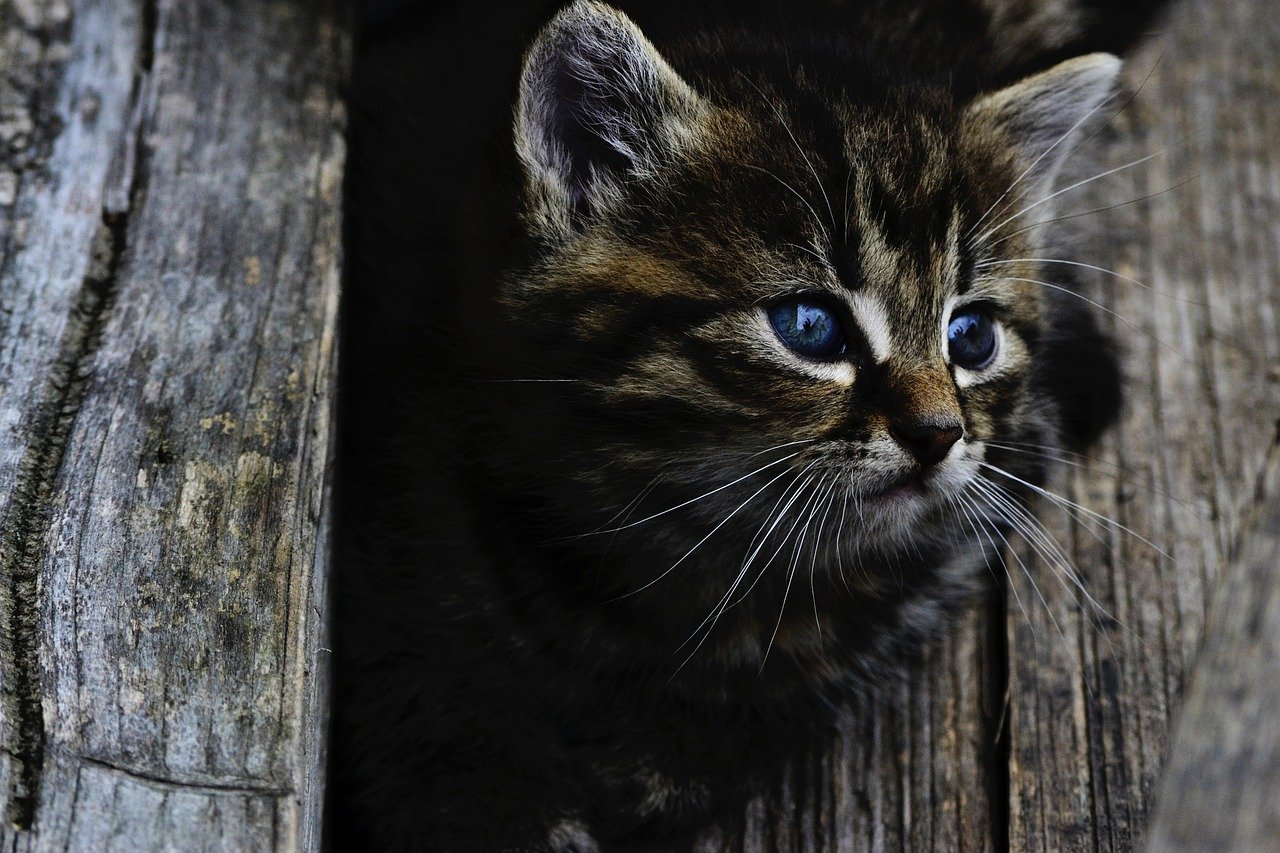
Socializing a distant cat isn’t about forcing them into uncomfortable situations. Instead, gently expose them to new people, sounds, and experiences in a controlled way. Invite a quiet friend over and let your cat observe from a distance. Speak softly and use treats to reward calm behavior. Over time, your cat may become less fearful and more willing to explore new social situations.
Using Calming Aids and Scents

Some cats respond positively to calming pheromones, like those released by plug-in diffusers or sprays. These mimic the natural scents that help cats feel secure. You can also try incorporating catnip or silvervine, which can encourage play and relaxation. Always observe your cat’s response—some cats may be more sensitive than others. These aids won’t transform your cat overnight, but they can provide an extra layer of comfort.
Body Language: Reading Between the Lines
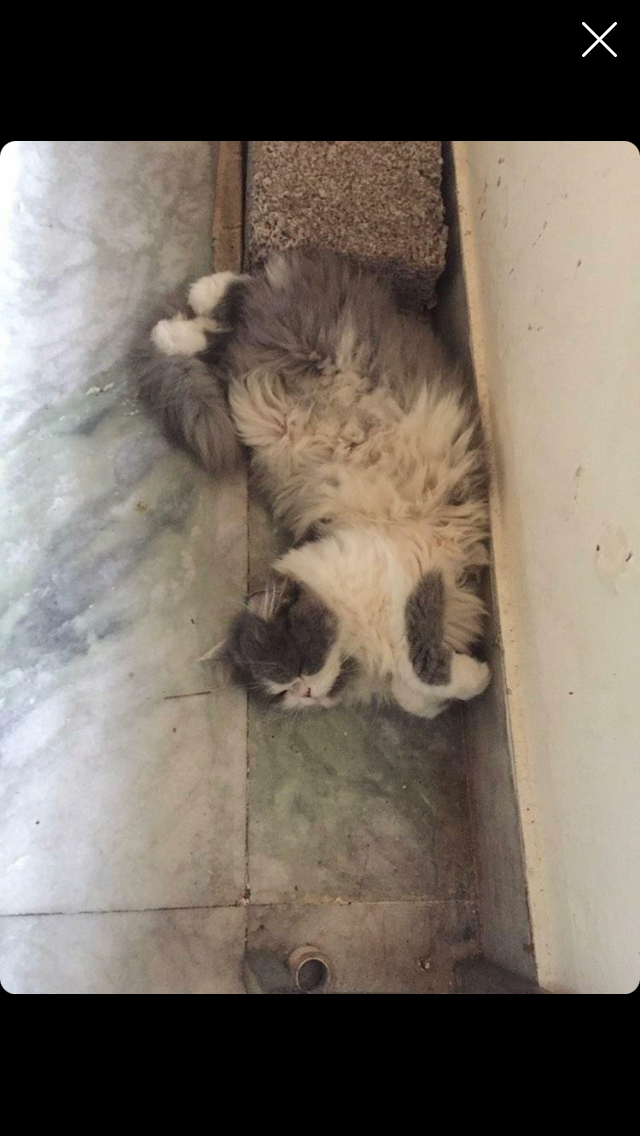
Cats are masters of subtle communication. Watch your cat’s body language closely: a swishing tail, flattened ears, or dilated pupils can signal discomfort or stress. Conversely, a relaxed posture, upright tail, or soft purring indicate trust. By tuning into these nonverbal cues, you can better understand what your cat needs in the moment and respond appropriately. Over time, this awareness will help your cat feel seen and respected.
Letting Your Cat Lead Interactions

It might feel counterintuitive, but the best way to draw a distant cat closer is to let them be in control. Sit on the floor and wait for your cat to approach, rather than reaching out to them. Offer a finger for them to sniff, and don’t make sudden moves. This hands-off approach puts your cat at ease and shows that you respect their boundaries. As trust grows, your cat may surprise you by seeking out more contact.
Providing Vertical Space and Hiding Spots

Cats love to observe their world from above. Install shelves, cat trees, or window perches to give your cat safe places to watch and relax. Hiding spots—like cardboard boxes or covered beds—can also help your cat feel secure. When your cat has the option to retreat or climb, they’re more likely to venture out and interact, knowing they can escape to safety if needed.
Recognizing When to Seek Veterinary Help
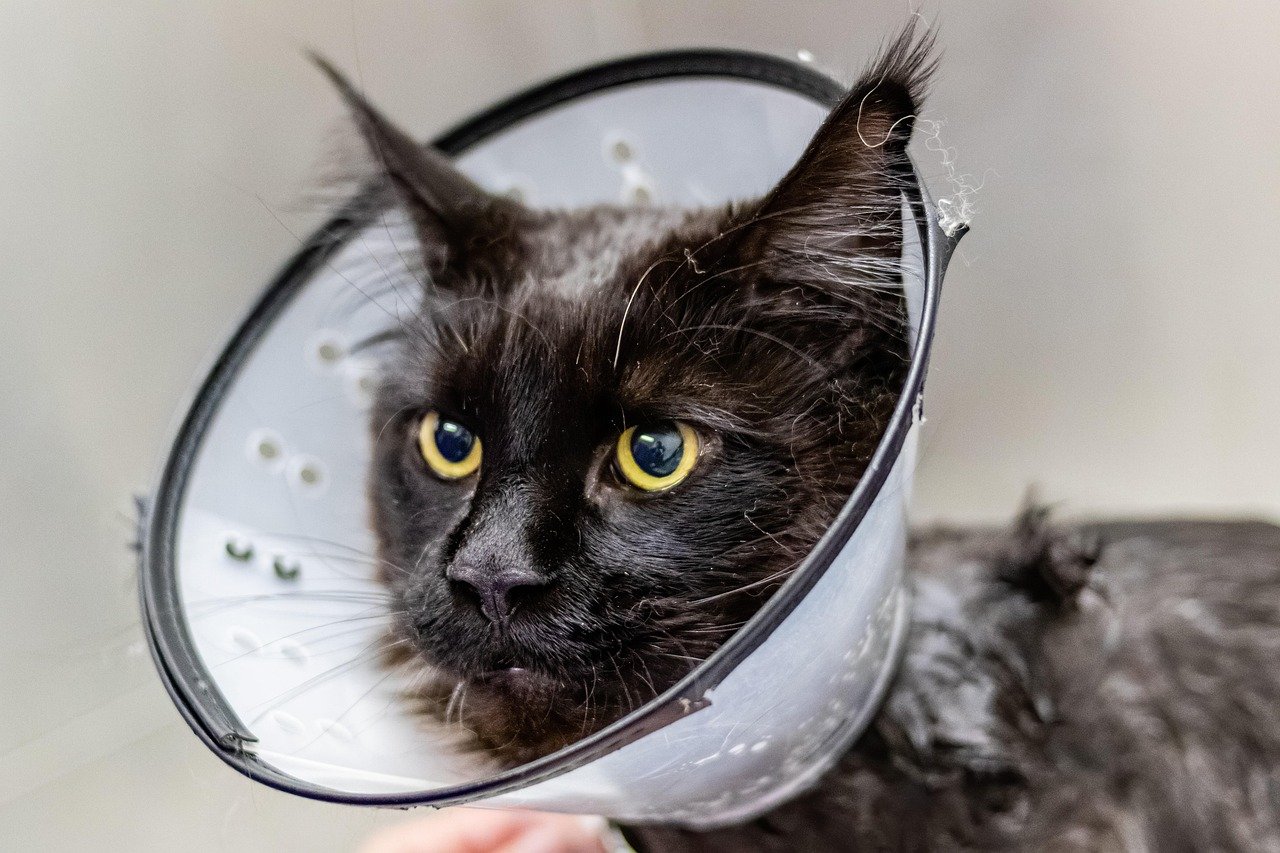
Sometimes, changes in behavior—like increased distance or hiding—can signal underlying health issues. If your cat suddenly becomes more aloof or shows other signs of illness (loss of appetite, lethargy, changes in litter box habits), it’s important to consult your veterinarian. Physical discomfort can make even the most loyal cat withdraw. Regular check-ups ensure your cat stays healthy and happy.
Celebrating Small Victories
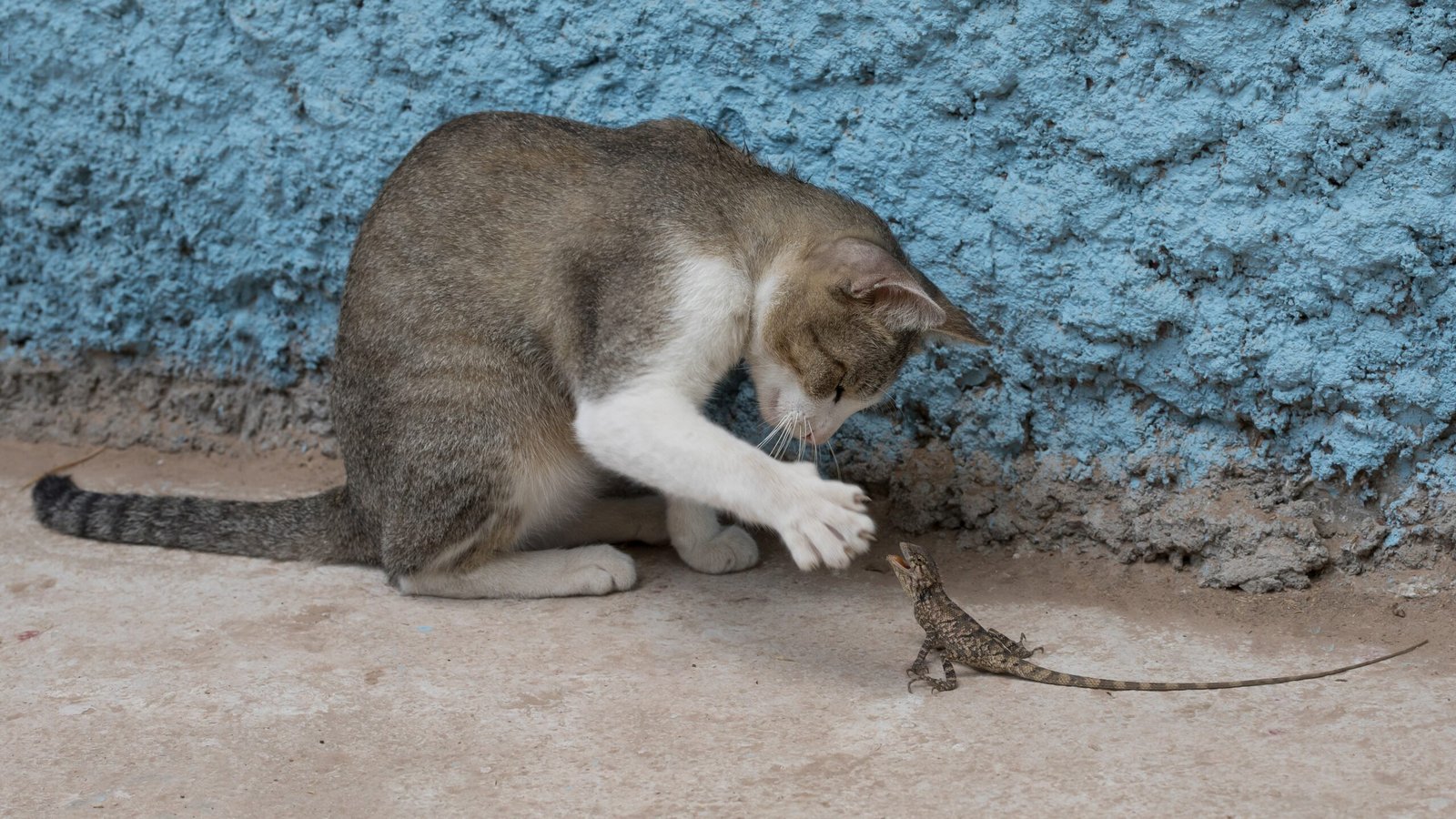
Progress with a distant cat often happens in tiny steps. Maybe today your cat sat a little closer, or let you brush them for a few extra seconds. Celebrate these moments! Acknowledging and appreciating small victories keeps you motivated and shows your cat that positive interactions are rewarding. Over time, these little successes add up to a stronger, more trusting bond.
Building a Bond Through Positive Reinforcement
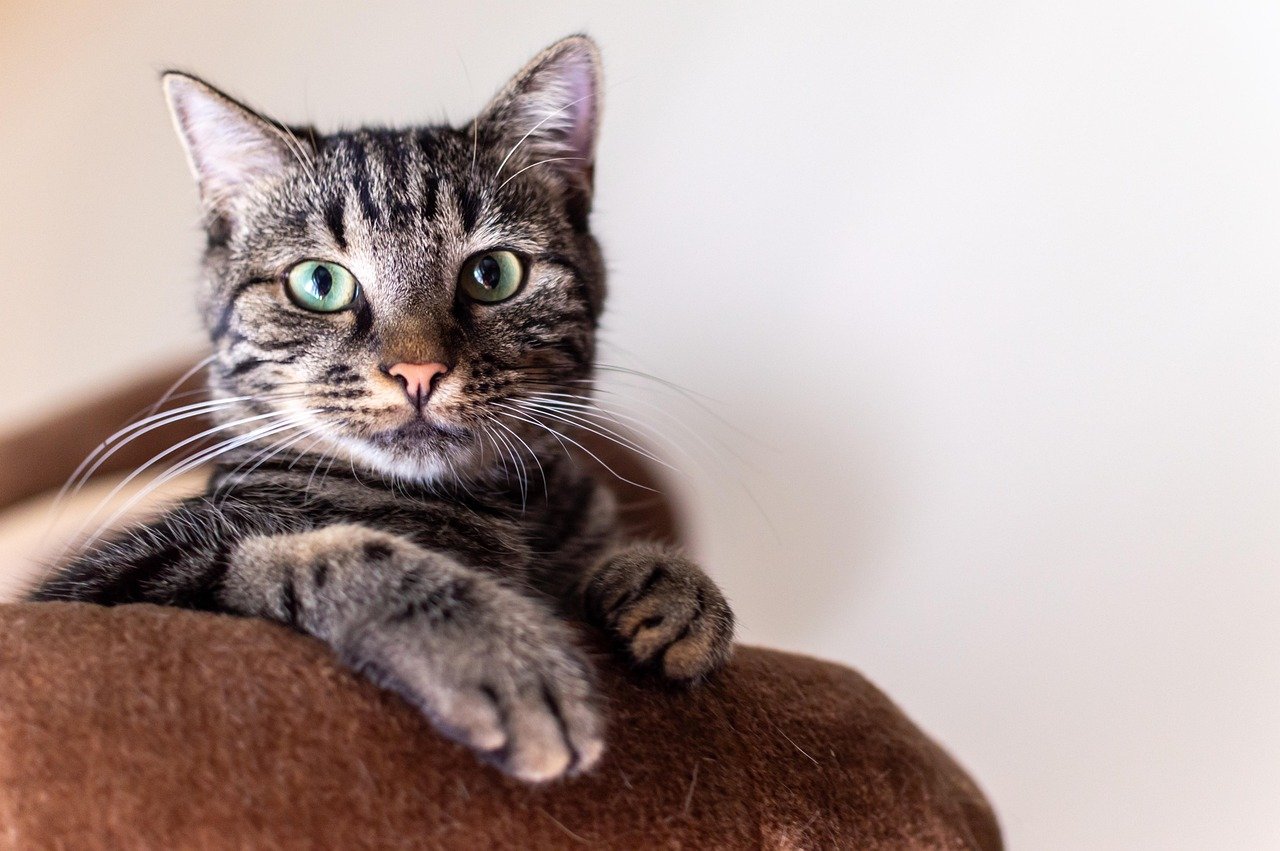
Reward your cat for desirable behaviors with treats, praise, or gentle petting—whatever they enjoy most. Positive reinforcement helps your cat associate human interaction with good things. Avoid punishment or scolding, which can damage trust and make your cat more distant. Instead, focus on reinforcing the behaviors you want to see, and be patient as your cat learns and grows.
Accepting Your Cat’s Individual Nature

Not all cats will become lap cats, and that’s okay. Accepting your cat’s unique personality is key to a happy relationship. Some cats express loyalty through proximity, quiet companionship, or playful antics. Embrace these quirks and let your cat be themselves. The love and loyalty of a distant cat may be subtle, but it’s just as deep and meaningful as any other.
Strengthening Your Own Emotional Resilience

Caring for a distant but loyal cat can stir up feelings of rejection or frustration. It’s important to acknowledge your own emotions and practice self-care. Talk with other cat lovers, share your experiences, and remind yourself that your efforts make a difference—even if progress is slow. Your patience and compassion are gifts that your cat feels, even if they can’t say it out loud.
When to Reach Out for Professional Guidance

If you feel stuck or overwhelmed, don’t hesitate to consult a feline behaviorist. These professionals can offer personalized advice and support, helping you understand your cat’s unique needs. Sometimes, a fresh perspective can make all the difference in overcoming communication barriers and nurturing a deeper connection with your distant but loyal companion.
Hi, I’m Bola, a passionate writer and creative strategist with a knack for crafting compelling content that educates, inspires, and connects. Over the years, I’ve honed my skills across various writing fields, including content creation, copywriting, online course development, and video scriptwriting.
When I’m not at my desk, you’ll find me exploring new ideas, reading books, or brainstorming creative ways to solve challenges. I believe that words have the power to transform, and I’m here to help you leverage that power for success.
Thanks for stopping by, Keep coming to this website to checkout new articles form me. You’d always love it!






